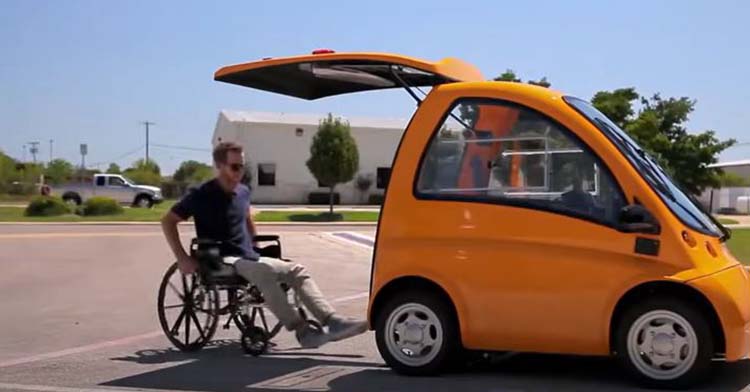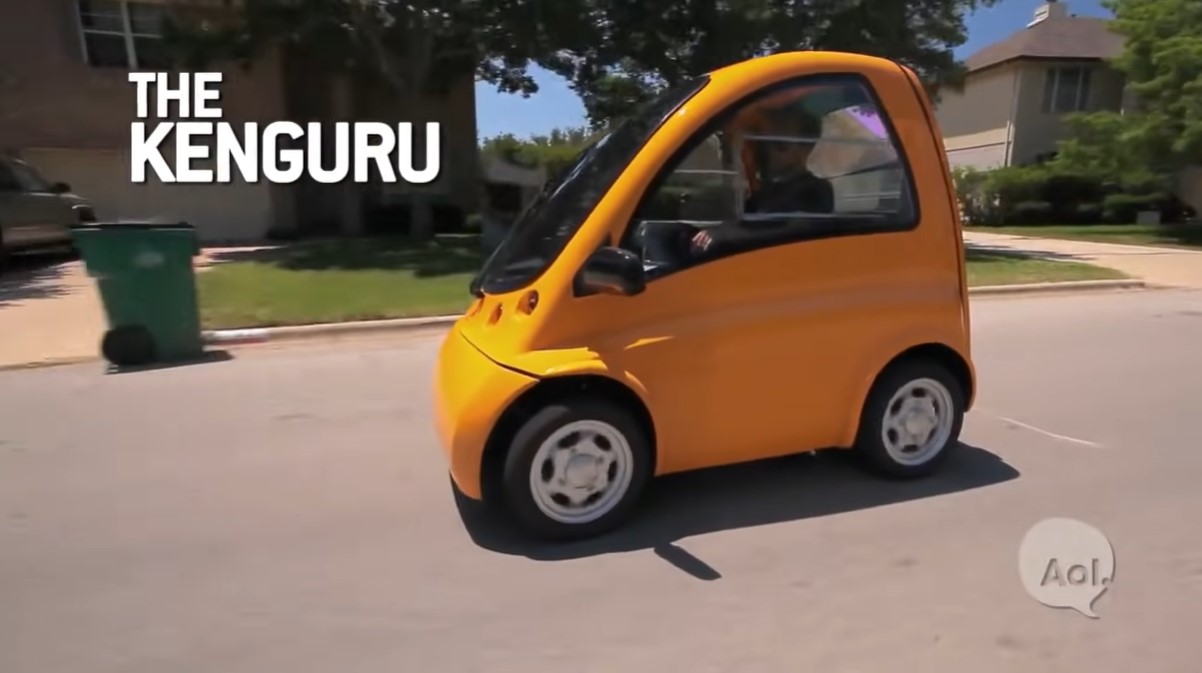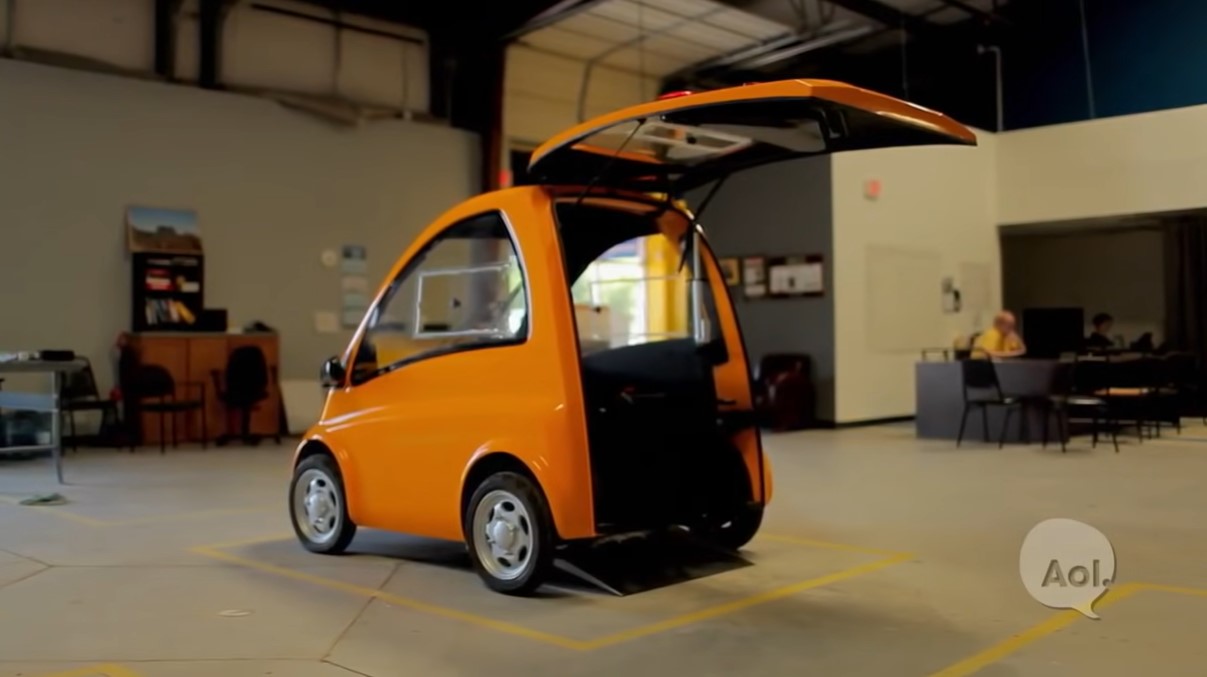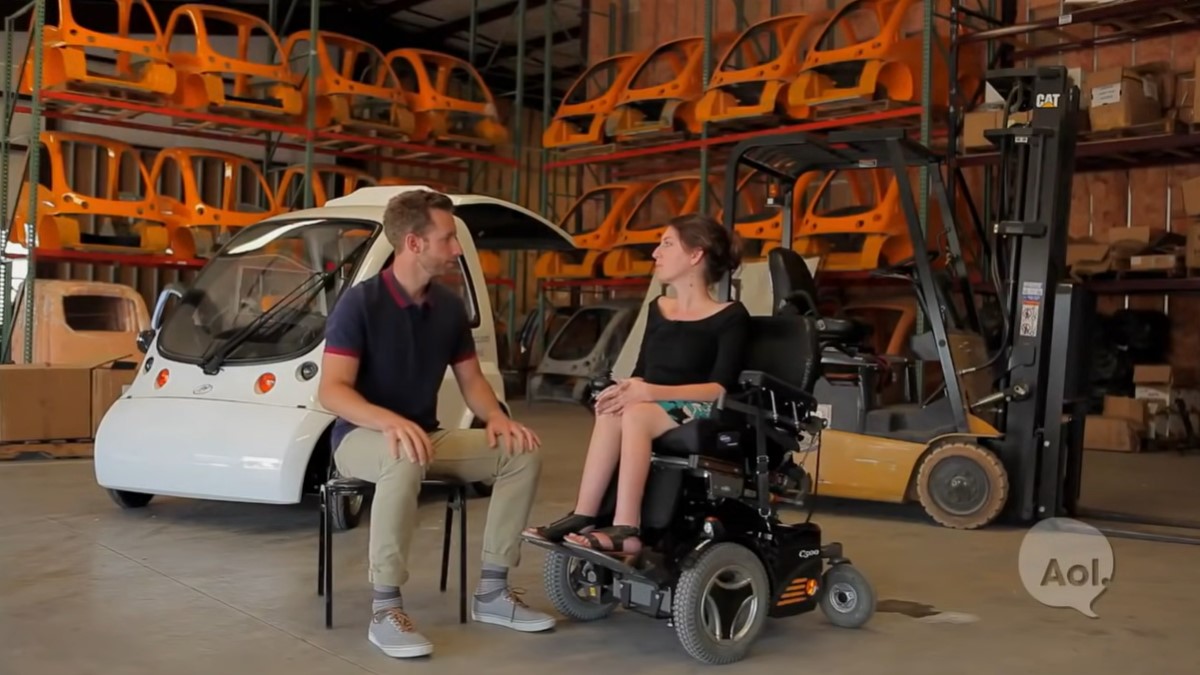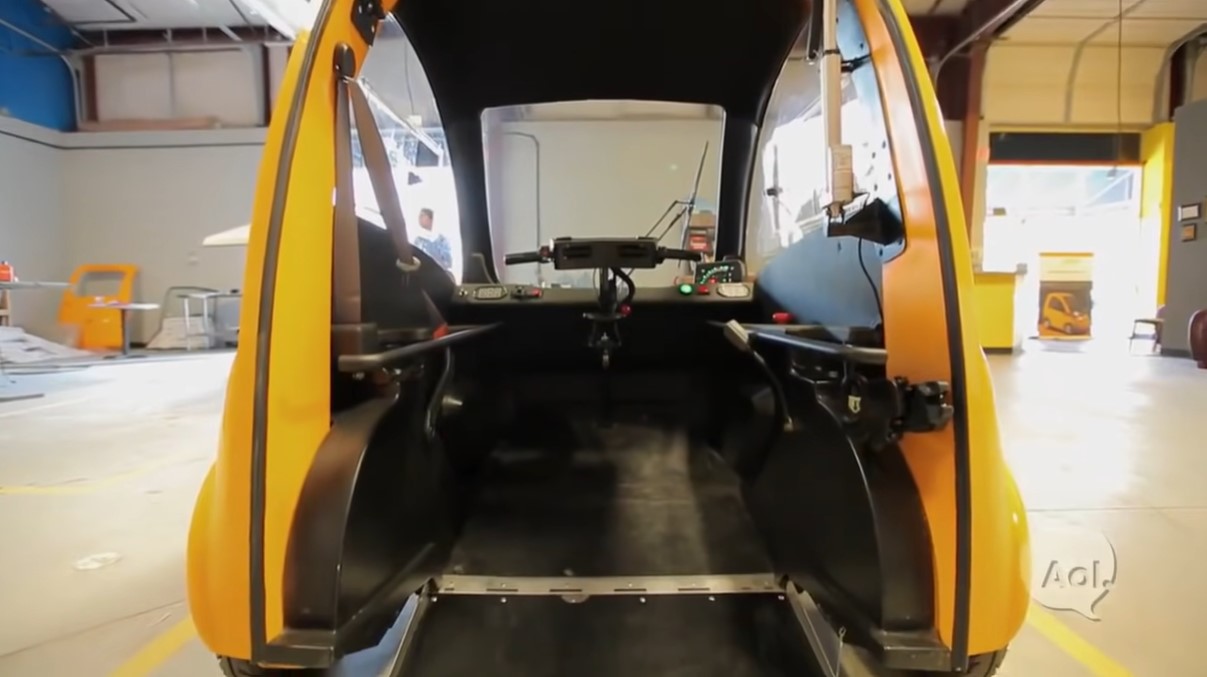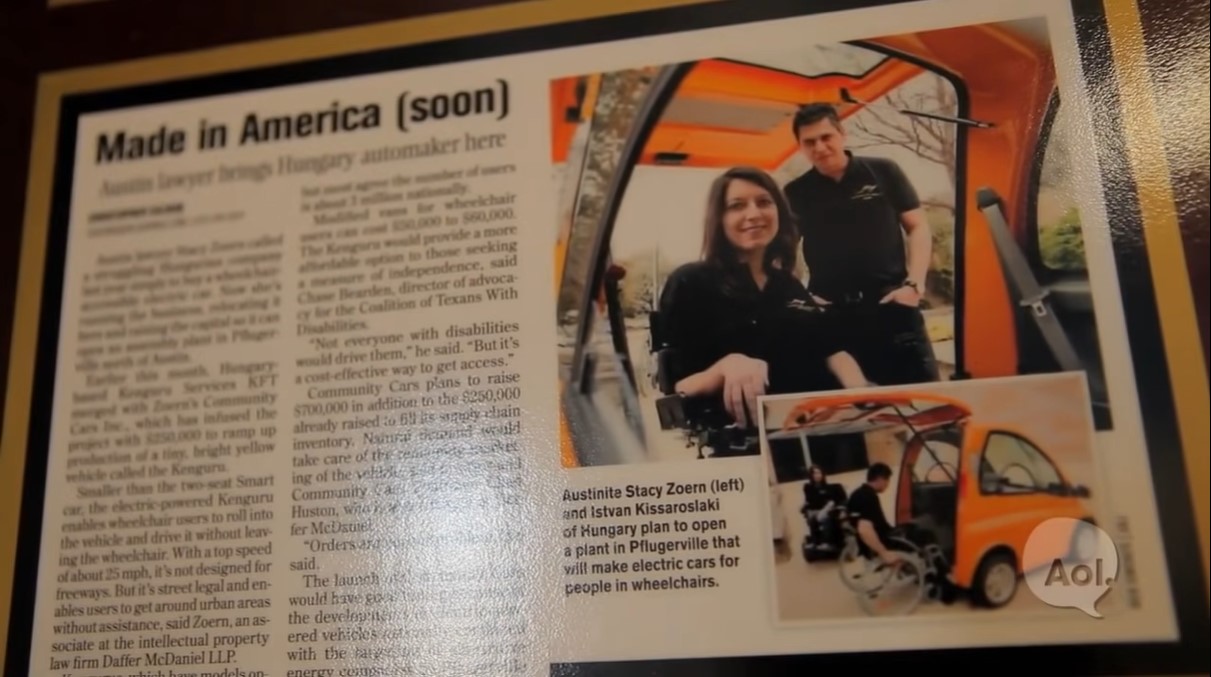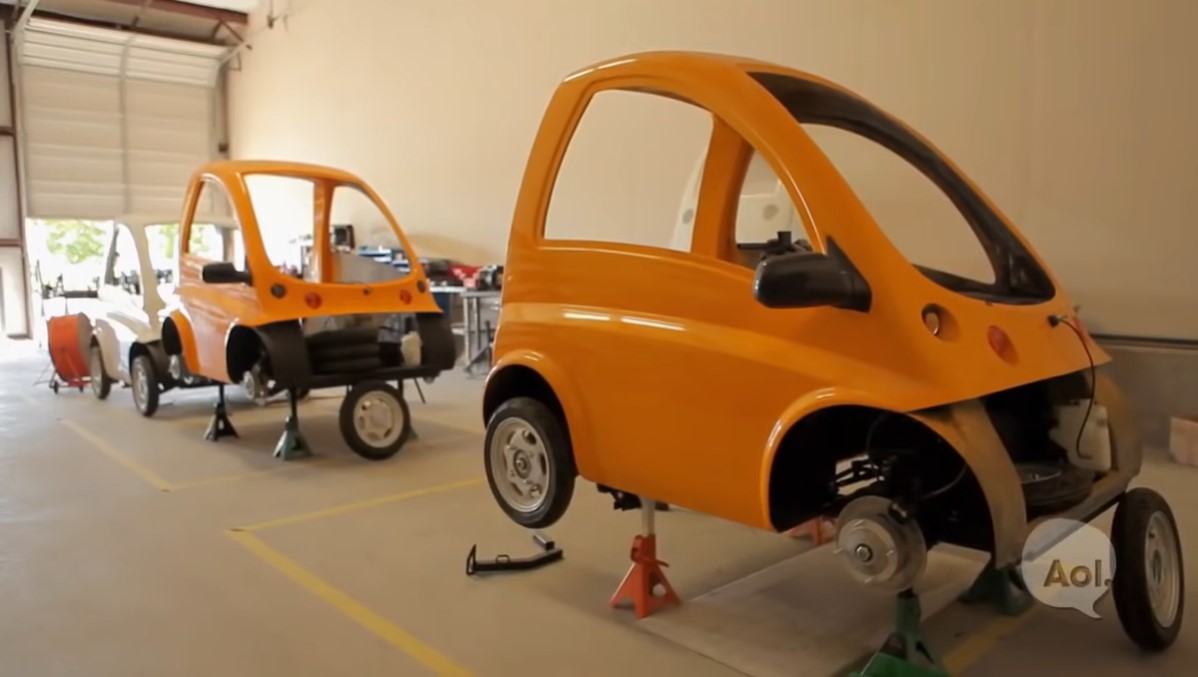As electric cars continue to grow in popularity, they’re adding an important element: Inclusivity for wheelchair users.
Vehicles made with wheelchair users in mind have been around for a while, but the problem with those that are gas-powered is their high cost – they can run anywhere between $40,000 and $100,000. On the contrary, this electric Kenguru model is, at most, nearly half the cost at $25,000.
Best of all, the creator of the vehicle, Istvan Kissaroslaki, truly designed the car with wheelchair users in mind. Although it’s only large enough to fit the driver, it’s still spacious and comfortable.
For ease of access, the door takes up the space where the trunk would normally be and, to enter, all you have to do is click a button! From there, the rear panel lifts on its own and a ramp extends.
The Kenguru (pronounced Kangaroo) is also simple to drive – like a motorcycle, the steering is controlled with handlebars. And because of its size, it’s actually considered a scooter, meaning a driver’s license isn’t required to use it!
Istvan’s life-changing vehicle began to turn heads in no time, but when the Hungarian economy crashed and Kenguru lost their loan, they had to turn to fundraising to sustain their business… that is until Stacy Zoern stepped up.
Although she lives all the way in Texas, this disabled attorney found herself in need of a vehicle after her $80,000 modified van was totaled just months after she purchased it. She was discouraged at first when she found that Kenguru was only available in Hungary, but after a few phone calls, a life-changing partnership was made.
Together, Stacy and Istvan have moved the company to Austin, Texas. By 2014, they became fully produced in the U.S. and the demand for them grew higher than ever!
“It’s been fantastic. I mean, we’ve taken this to trade shows all over the world – New York, Germany, Dubai – and everywhere people are so excited,” Stacy said. “We’ve got people on waitlists that want to buy them. I get emails from all over the world, places I’ve never heard of that want to buy Kenguru.”
Although these compact cars can only go 25 mph and 60 miles at a time, they’re perfect for wheelchair users who want the freedom of making a trip to the grocery store or a doctor’s appointment by themselves, something most of us take for granted.
Plus, those who find $25,000 to be too steep of a price may be eligible for a discount. As electric vehicles, Kengurus qualify for state and federal level discounts because of the “green incentive.” Then there are some who may qualify for the “vocational rehabilitation incentive” if the car is considered a work vehicle. With these discounts, the a Kenguru has the potential of being absolutely free!
As Kenguru’s popularity grows, the biggest challenge they’re finding is unique: They don’t have enough money to meet their demands. Still, Stacy and Istvan aren’t slowing down when it comes to perfecting their car.
In fact, their next big goal is to make a joystick model that can accommodate larger wheelchairs. This design will allow drivers with less upper-body strength to use the car, something that’s kept Stacy from having her own Kenguru just yet.
“Right now there’s dealers that we have in Germany, Spain, in the U.S. that want to sign up but we don’t have enough funding to build more cars,” she said. “It’s an interesting problem to have as a start-up company that we can’t meet the demand there is out there because we don’t have enough money to buy the inventory to build the cars.”
The creation of Kenguru is a huge step forward for both electric vehicles and wheelchair users, and we can’t wait to see what the company is capable of once they get more funding!
Watch the Kenguru in action below and don’t forget to share.
Want to be happier in just 5 minutes a day? Sign up for Morning Smile and join over 455,000+ people who start each day with good news.



